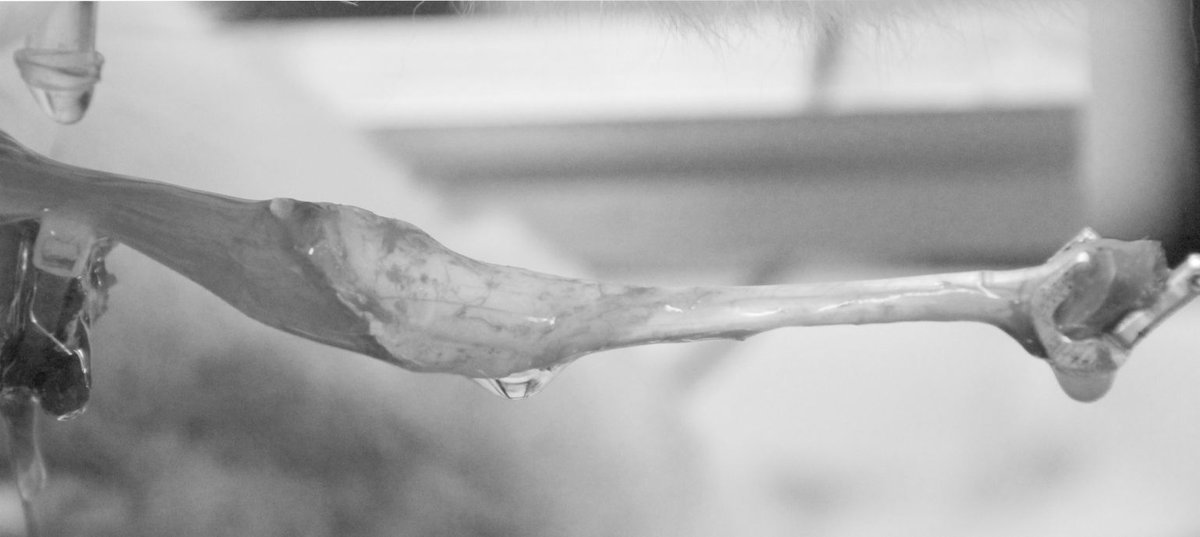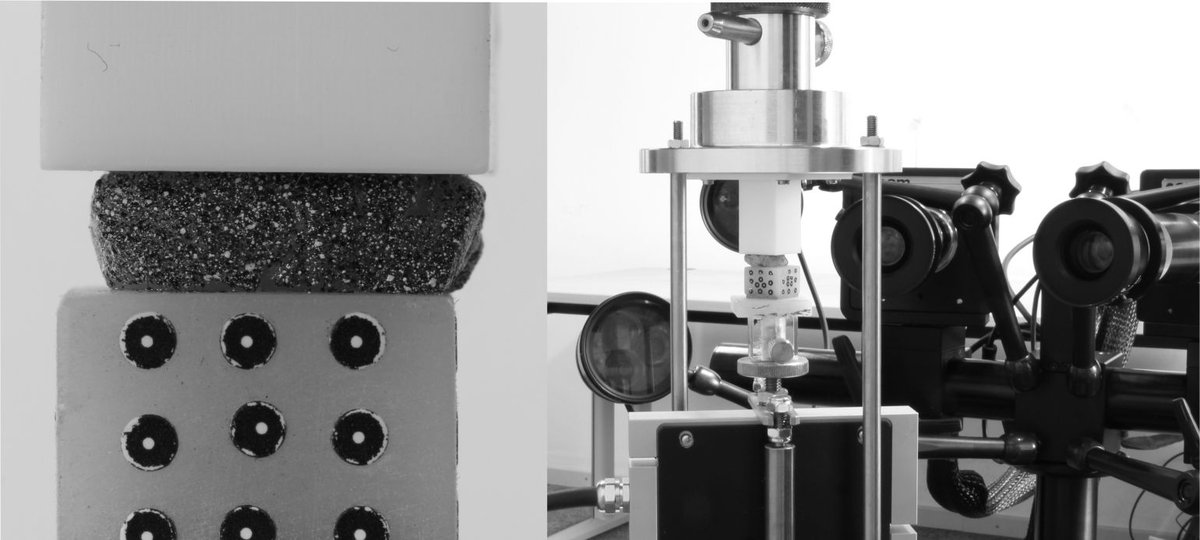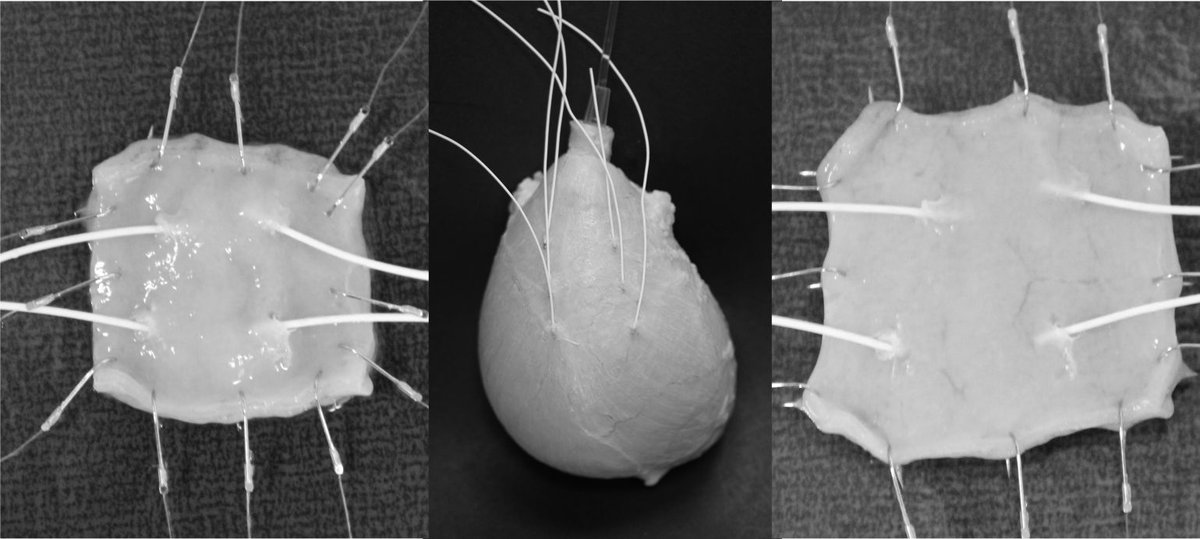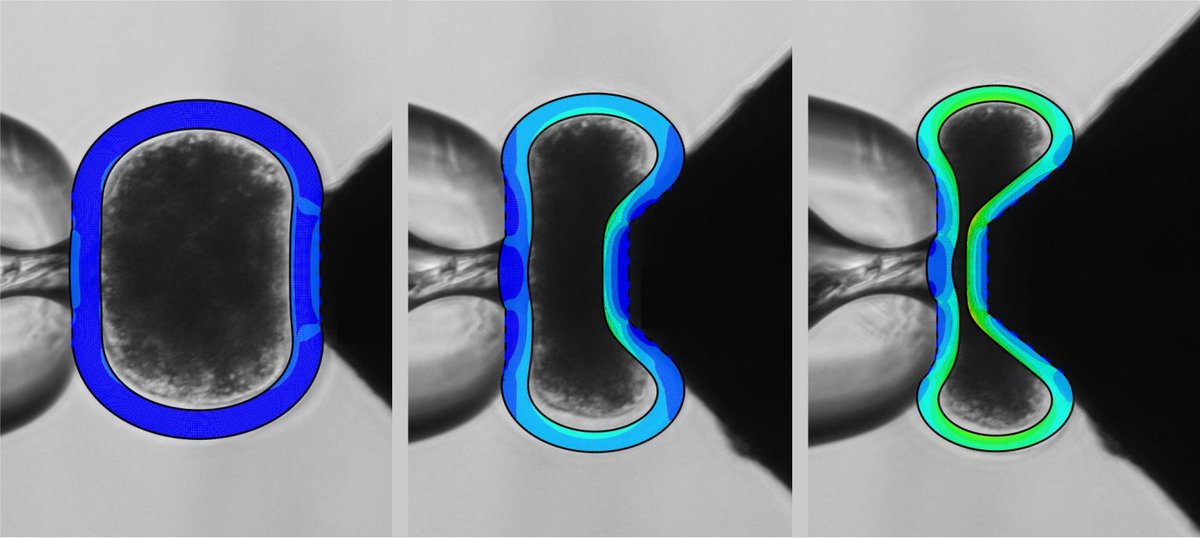Scope & Topics
There are many fields in life science and medicine where accurate measurements of the mechanical properties of biological tissues are needed, still involving a huge number of open questions when identifying mechanical characteristics or material parameters from experiments on biological tissues: First of all, the experimental measurements themselves pose many difficulties, reaching from practical handling to theoretical understanding. Further, biological materials have particular elastic and inelastic properties, are usually characterised by high variability and, moreover, living tissues are able of reacting actively to the applied loads. Finally, the quality of the inverse identification scheme depends on the quality of the mathematical models that it is based on. Consequently, insufficient models can lead to parameters with limited significance. Dedicated multi-scale models could enhance a proper material parameter identification process. In addition to precise experiments, models and simulations, it is important to implement the optimisation strategy in a proper way. This includes the consideration of uniqueness of the identified parameters, which is demanding for models with a larger number of parameters and requires the consideration of additional information. This can be given by geometrical or structural information, which is obtained by optical or microscopical techniques and complements classical stress-strain data.
In recent years, new experimental methods have been developed or become available to be used in biomechanics laboratories suitable to deal with the aforementioned open questions. These methods provide insight into the mechanics of biological materials on various length-scales and resulting from different physical, chemical or biological cues. The resulting data do not only supplement the classical tests that have been performed for several decades but deliver new information which has to be processed, interpreted and integrated into the existing state of knowledge. This means on the other hand, that for the identification and interpretation of experimental results new models are needed bridging different length scales, from the nano- over micro- to macro-level. Such multi-scale models might be essential in future material characteristic identification procedures.
To this end, the colloquium addresses the experimental materials and techniques themselves, their results, new procedures required for data analysis and interpretation as well as methods to use the novel data to establish and parameterise advanced constitutive models of biological tissue.
Topics:
- Nano-, micro- and macro-scale mechanical properties of biological tissues
- Multi-physics of soft tissues
- Integration and combination of testing methods
- Non-invasive analysis techniques, e.g. ultrasound, MRI, X-ray, photo-optical techniques
- Novel full field optical methods for advanced imaging of biological tissues
- Novel testing devices and methods
- Analysis of uniqueness and uncertainty of identified parameters
- Inverse analysis methods for parameter identification
- Data analysis and interpretation
- Model development and validation





